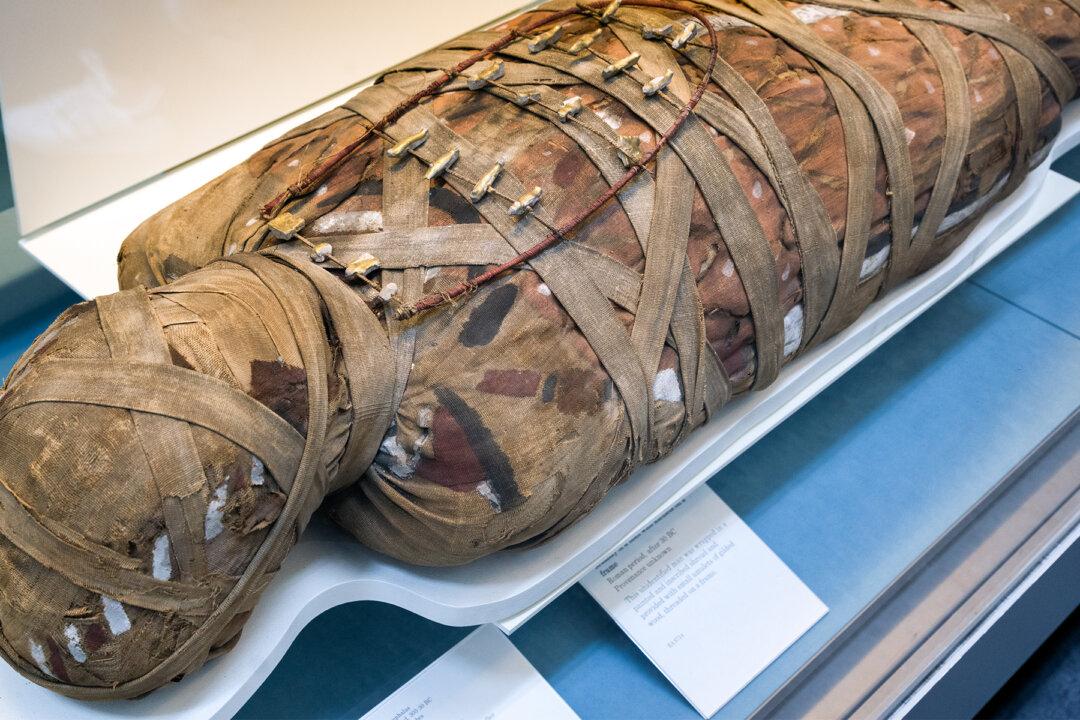A beautifully tattooed mummy dating back to the 5th century B.C. tells us more now thanks to advances in imaging technology. Scientists have gleaned further insight into ancient Siberian cultures thanks to modern MRI scans.
Known as the Ukok Princess, the lone, highly elaborate burial is believed to be of the mummified remains of a high-ranking, female shaman. The mummy, first discovered in 1993, is from the Pazyryk culture. Most notable, besides her incredible tattoos, is that she was buried with a bag full of marijuana.






